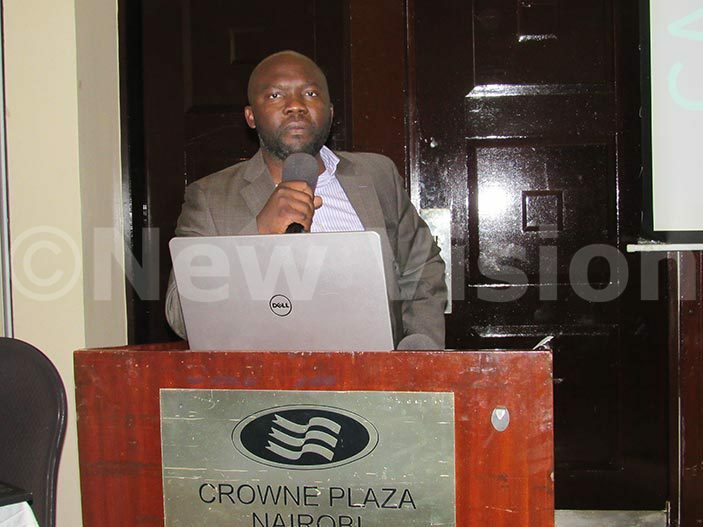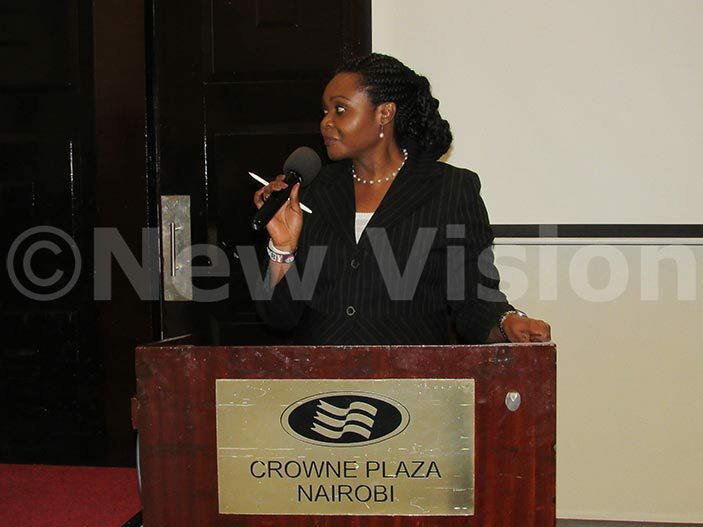Eyes on 2025: African Union launches technical networks for agriculture
The experts from organisations implementing programs along the Comprehensive Africa Agriculture Development Programme (CAADP) were under one roof to launch their role-specific technical networks.
With the motivation of "less talk and more action" the African Union Department of Agriculture and Rural Economy convened a two-day launch sitting in Nairobi, Kenya on Friday and Saturday.
The experts from organisations implementing programs along the Comprehensive Africa Agriculture Development Programme (CAADP) were under one roof to launch their role-specific technical networks.
These networks, according to Ernest Ruzindana, senior adviser to the commissioner of the Department, HE Rhoda Tumusiime are meant to ease the implementation of the CAADP.
"This is a delivery mechanism for what the Heads of State and Governments in Africa agreed on under the CAADP in 2003. They want to see more results and impact in this new decade towards 2025. We believe that the technical networks will be the best machinery to facilitate this," Ruzindana says.
 Ernest Ruzindana, Senior Advisor to the Commissioner
Ernest Ruzindana, Senior Advisor to the Commissioner
A look at the CAADP
The CAADP according to the head, Augustine Wambo, is a strategic continental framework that was put in place by the AU to guide investment and partnerships in the agricultural sector in African countries.
This framework, which was assented to by African Heads of State in 2003 under the "Malabo Declaration" (since the signing was done in Malabo, Mozambique) is hinged on four pillars.
"The CAADP pillars include Sustainable land and water management, improved infrastructure and market access, Increased food self-sufficiency and nutrition as well as Improved research, technology dissemination and adoption," Wambo says.
 Augustine Wambo, Head of the CAADP
Augustine Wambo, Head of the CAADP
Who will do what?
According to Ed Rege from the People Innovations and Change in Organisations (PICO Eastern Africa) co-organisers of the sitting, the networks will operate along the seven major commitments of the Declaration under one umbrella.
"We are working towards eliminating overlapping mandates. So we are making sure that the players have a clear way of operation. To do this we need to have the right people in the right organisations at the right levels," Rege says.
By Saturday afternoon, the AU had finalised group discussion in seven networks.
In each of these were organisations that play similar roles categorised into Agricultural investment financing, Nutrition and food security, Agricultural research and extension, Agro-industry & value chain development, Markets and regional trade, Resilience, risk management and natural resources management and one on Knowledge Management, policy analysis and accountability for results.
The vital needs
A selection of attendees pointed out that originally, the CAADP was initially set around productivity and production.
Their appreciation however is that the AU has managed to incorporate aspects of nutrition, research, climate change mitigation, financing and more in the networks that have been set up.
 Dr Janet Edeme,-Acting Director of the Department for Agriculture and Rural Economy at the AU Commission
Dr Janet Edeme,-Acting Director of the Department for Agriculture and Rural Economy at the AU Commission
As it stands, the AU is deliberating on which organisations will be convening each of the technical networks and how often.
The networks were officially launched by Dr Janet Edeme, Acting Director of the Department for Agriculture and Rural Economy at the AU Commission in the presence of the attendees from the AU, the Forum for Agricultural Research in Africa (FARA), the World Bank, African Forum for Agricultural Advisory Services (AFAAS) and the Food and Agricultural Organisation of the United Nations (FAO).